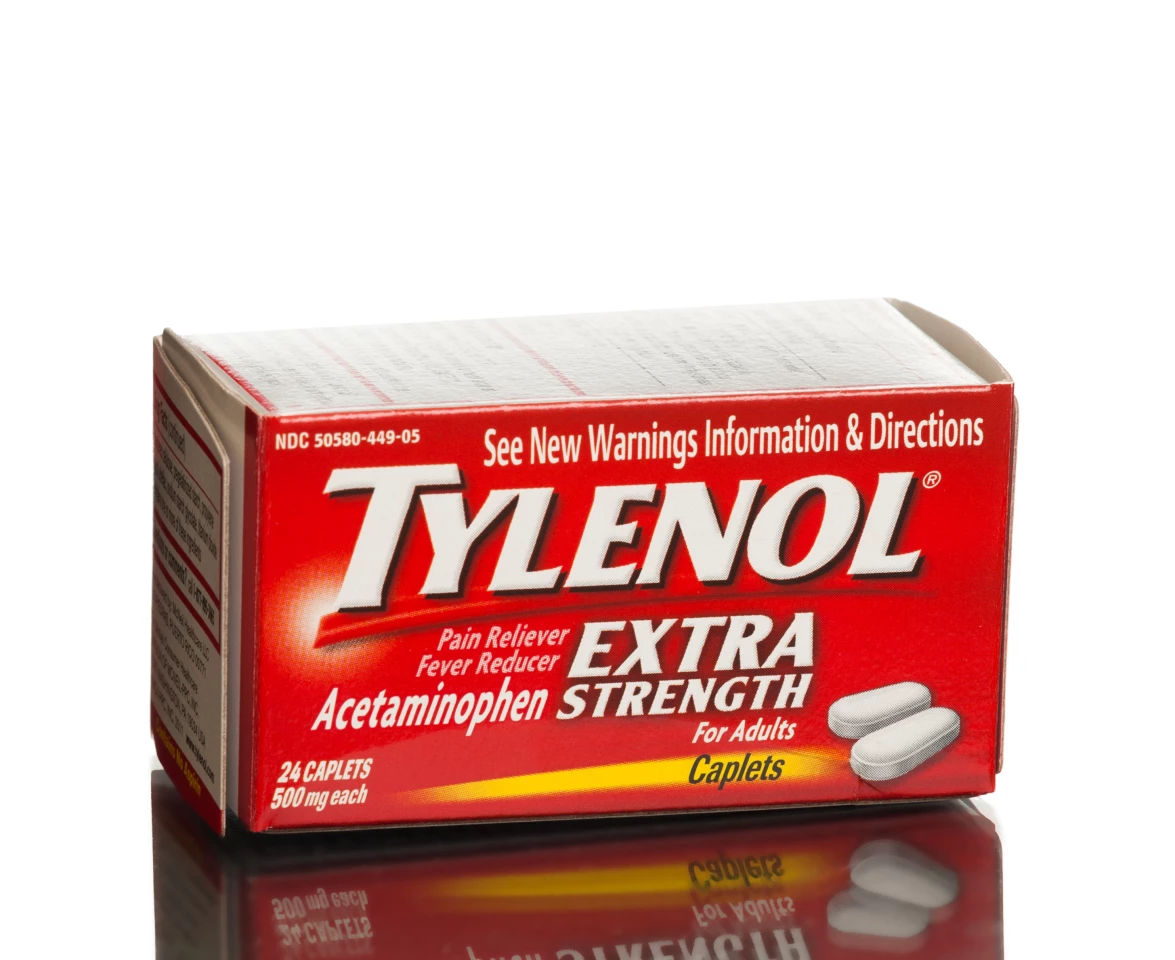Acetaminophen (aka paracetamol) is a common go-to for treatment of acute pain like headache or toothache, and the popularity of such over-the-counter non-steroidal analgesics is clear, with around 60% of Americans having popped one of these pills in the last six months.
However, unlike prescription medicine, which generally comes with a personally tailored plan and dosage outline from a GP, over-the-counter (OTC) treatments have no such specific guidelines, meaning there’s more potential for misuse and adverse events.
In fact, acetaminophen overdose is now the leading cause of liver failure in the country. What’s more, up to two-thirds of overdoses that have led to liver failure were reported to be accidental, suggesting there’s a lack of understanding around dosage limits or a perception that OTC means these drugs don’t come with such risks.
Researchers with the University of São Paulo’s São Carlos Institute of Physics (IFSC-USP) and São Carlos Institute of Chemistry (IQSC-USP) have recognized the need for real-time monitoring of drugs to prevent poor health outcomes, developing an inexpensive and accurate device that can monitor acetaminophen levels in real time with saliva samples.
The small, portable device uses low-cost sensors, priced at US$0.02, that produce an electric current due to the oxidation of the drug’s active ingredient. This reading can inform the patient when levels of acetaminophen are elevated to risk levels, or if they need to up their dosage. Because every body metabolizes drugs at different rates, a real-time monitor could help patients and doctors get a better read on their unique biology and maximize efficacy while lowering risk.
“The protocol is promising for observation and correction of fluctuations in absorption of paracetamol [acetaminophen] and response to the drug,” said Paulo Augusto Raymundo Pereira, last author of the article and a researcher at IFSC-USP. “An imprecise dosage can have harmful effects not only on the treatment but also on the patient.”
The researchers chose saliva for its non-invasiveness and ease of collection and analysis. They’ve built a prototype that features conductive carbon paste and plan to trial it on a larger cohort, with a view to its commercial rollout if successful.
“The results of our study demonstrate the significant potential of a simple strategy,” Pereira said. “Low-cost electrochemical devices are increasingly seen as an attractive alternative for therapeutic drug monitoring thanks to their analytical characteristics, such as rapid response, potential miniaturization, portability, simplicity, ease of use, versatility, relatively low instrumentation cost, and the possibility of in situ real-time analysis.”

Acetaminophen overdoses account for more than 450 deaths a year in the US, as well as 56,000 hospitalizations due to accidental misuse. With more than 60 million Americans turning to these OTC painkillers on a weekly basis, a cheap at-home monitor has the potential to save lives.
“In addition, our methodology would also help reduce water contamination,” said Nathalia Oezau Gomes, a chemist and co-author of the study. “Pills are often quite wrongly thrown away in the garbage, and some of the paracetamol ingested is not metabolized but excreted in urine. Wastewater treatment plants aren’t 100% efficient in removing pharmaceuticals.”
The study was published in the journal Small: nano micro.
Source: FAPESP





